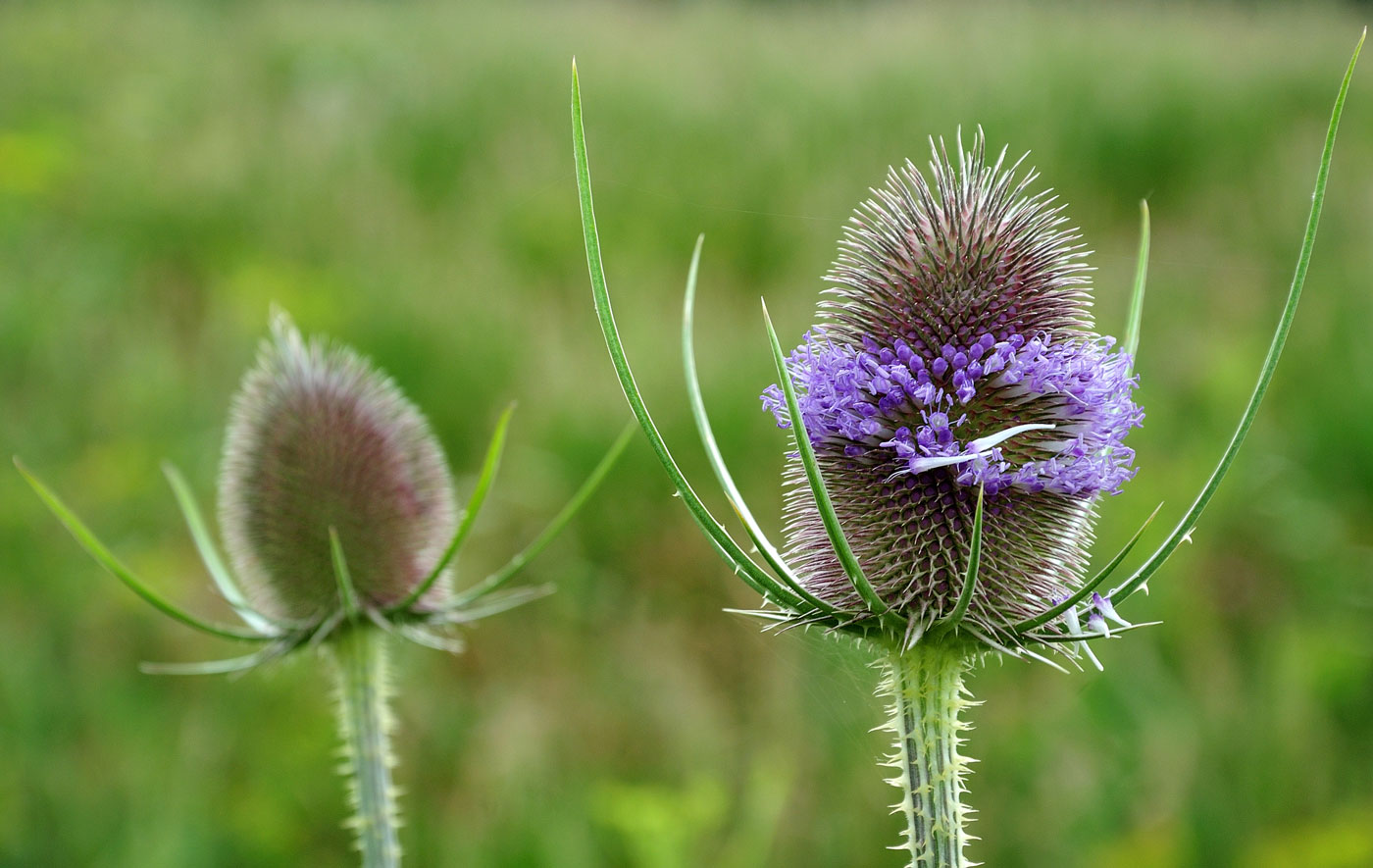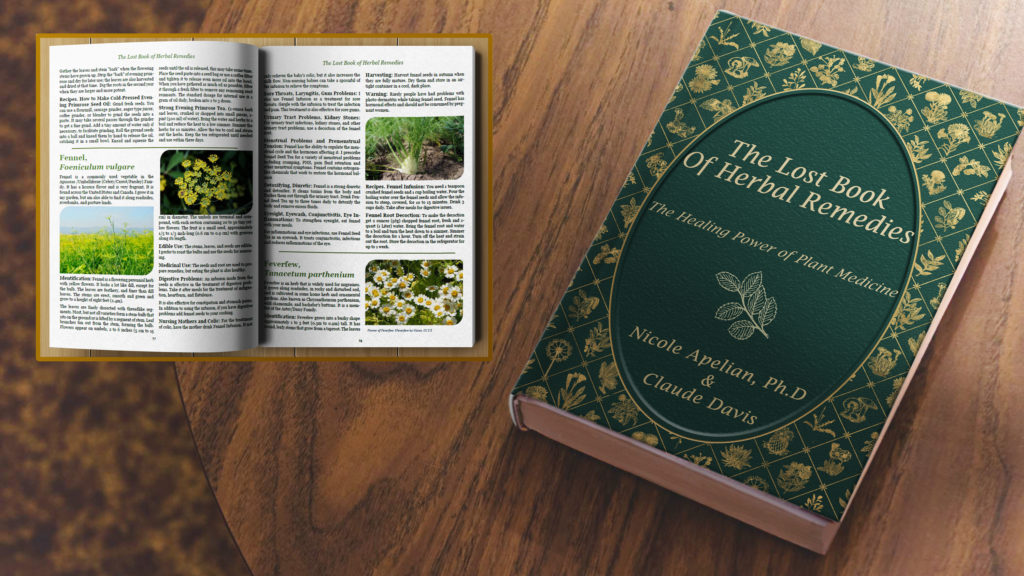Lyme Disease Information
The Centers for Disease Control and Prevention (CDC) estimates approximately 300,000 Americans are diagnosed with Lyme disease annually, while some research institutions believe the number is much higher, around 400,000. It’s the most common vector-borne disease in the United States.
Lyme is contracted when we are bitten by a blacklegged tick that’s infected with the spirochete bacterium Borrelia burgdorferi. While a bullseye rash may appear, many never develop this telltale sign. Lyme disease is now found in all fifty states, according to this study. Deer are the main medium for the spread of Borrelia burgdorferi because their blood is food for ticks. However, mice can also harbor the spirochete and are known to increase Lyme cases in areas with elevated mouse populations.
If left untreated, Lyme disease can cause a host of issues. Individuals with late stage or post treatment Lyme disease may experience severe joint and muscular pain, sensitivity to light and sound, cognitive impairment, chronic fatigue, migraines, and heart or breathing problems.
Prevention is key. But if you have a Lyme diagnosis and the antibiotic protocol was unsuccessful, natural options are available to help with this disease.
Wild Teasel (Dipsacus sylvestris/ fullonum)
Teasel is one of the best herbs you can use for Chronic Lyme Disease. Since spirochaetes bore into human tissue and then seal themselves with biofilm to create a barrier against antibiotics, the disease can become increasingly difficult to treat.
While teasel isn’t an antibiotic, it acts as a powerful agent to flush the bacteria into the bloodstream so that antibiotics can more easily target the infection. When dealing with Chronic Lyme Disease or in situations where the antibiotic protocol wasn’t effective, adding teasel into your treatment regime can make a tremendous difference. However, it may still take up to six months or longer to clear the infection.
It’s important to be very careful with internal dosing of teasel in the case of Lyme disease. If you begin with too high of a dose it can cause a Jarisch-Herxheimer (“herx”) reaction. This is when cytokines are released as the Lyme bacteria die, which may make you feel worse before feeling better.
The standard protocol is: For the first day, take one drop in the morning. On the second day, increase the dose to one drop in the morning and one in the evening. On the third day, take one drop in the morning, afternoon, and evening. Proceed to increase the dosage by one drop each day until you reach the maximum of 9 drops/day (three in the morning, three in the afternoon, and three in the evening).
Teasel is also an outstanding Lyme preventative. I take a dropperful 2x/day when I’m in a known Lyme region. Teasel helps to keep the Borrelia burgdorferi spirochaetes from burrowing into my tissues and causing an infection.
If you’ve had a Lyme diagnosis and find that you are struggling with brain fog, my Brain Bundle tincture is my go to. It has a range of herbs that improve cognitive function, including: Lemon Balm, Lion’s Mane, Cordyceps, and Reishi.
To learn more about these and other helpful plants, The Lost Book of Herbal Remedies: The Healing Power of Plant Medicine is an excellent resource. In it I provide detailed identification and harvesting advice, as well as instruction for how to make tinctures right in your own home. Nature is truly bountiful!
Nicole Apelian
Roll Up Your Sleeves and Do it Yourself?
Are you interested in making your own herbal remedies at home and learning about the many plants, lichens, and mushrooms you can find out your own back door? If so please pick up a copy of my book: "The Lost Book Of Herbal Remedies: The Healing Power of Plant Medicine" today!
Not in Europe or the US? Not a problem, click here to order your copy »





